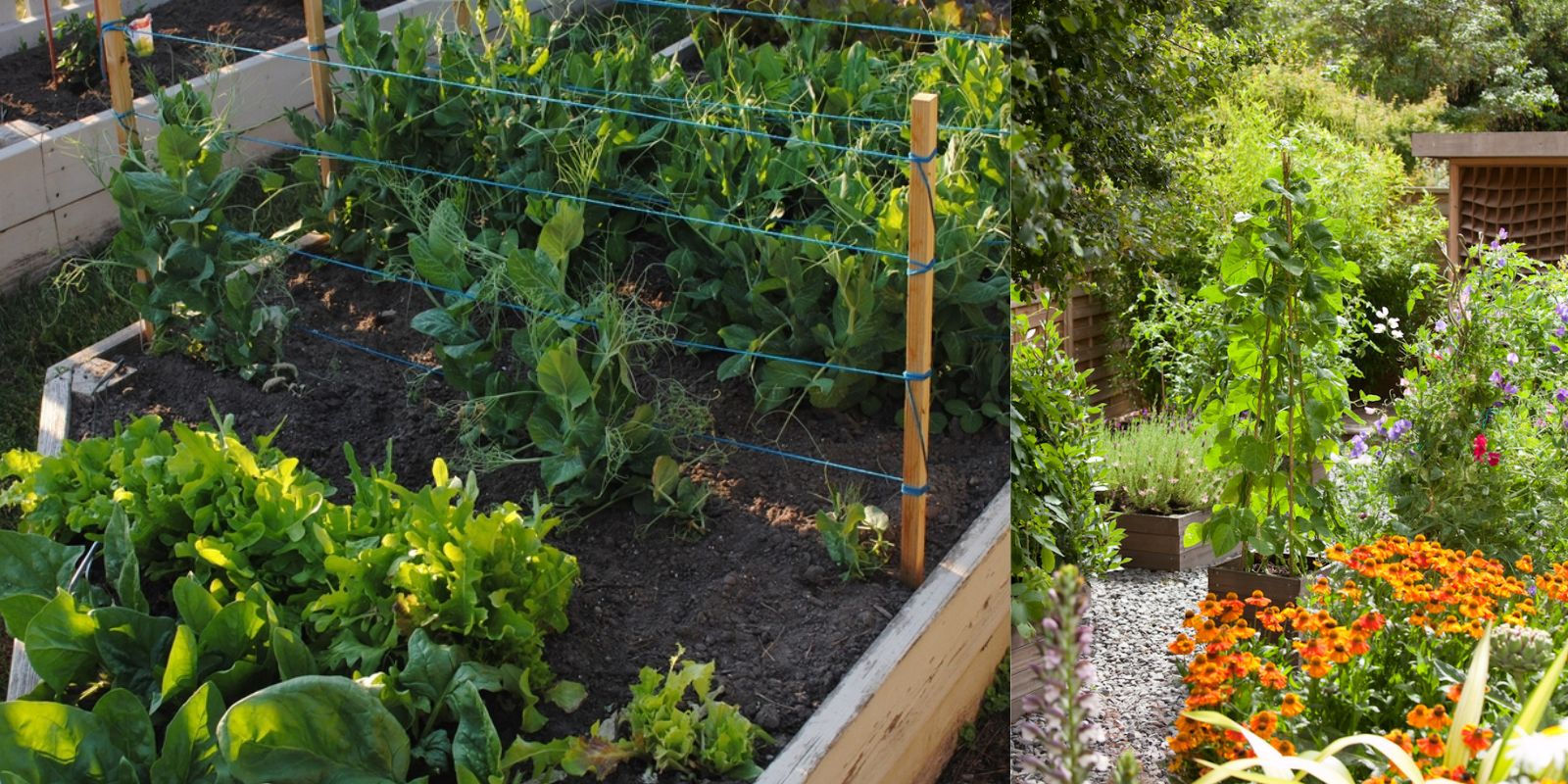Maximizing productivity in your vegetable garden is the ultimate goal for any gardener looking to make the most of their space and efforts. While many gardeners focus on the basics—choosing the right plants, providing adequate water, and ensuring proper sunlight—there are subtle, less obvious techniques that can dramatically enhance your garden’s yield. In this article, we will uncover some hidden secrets that can help you significantly boost the productivity of your vegetable garden.
Introduction
A flourishing vegetable garden is the result of careful planning, consistent care, and sometimes a bit of ingenuity. While the foundational aspects of gardening are crucial, there are lesser-known strategies that can make a big difference. By implementing these hidden secrets, you can increase your garden’s output and enjoy a more bountiful harvest.
1. Optimize Plant Spacing
Why It Matters:
Proper plant spacing can maximize the use of your garden space and enhance plant health. Overcrowded plants compete for nutrients, water, and light, which can lead to reduced yields.
How to Implement:
- Square Foot Gardening: This technique involves dividing your garden into square-foot sections and planting specific numbers of plants in each section. For instance, you might plant 16 radishes per square foot or 4 lettuce heads. This method ensures efficient use of space and makes maintenance easier.
- Succession Planting: This involves planting new crops as soon as one crop is harvested. For example, once you harvest your spring lettuce, you can plant beans in the same spot.
Tips for Success:
- Use a planting guide to determine the optimal spacing for different crops.
- Regularly thin seedlings to prevent overcrowding and ensure each plant has enough space to grow.
2. Employ Companion Planting
Why It Matters:
Companion planting is the practice of growing certain plants together to benefit one another. This can lead to healthier plants, reduced pest problems, and improved yields.
How to Implement:
- Beneficial Pairings: Plant basil next to tomatoes to enhance their flavor and repel pests. Marigolds can deter nematodes and other garden pests when planted around various vegetables.
- Three Sisters: In Native American agriculture, the Three Sisters method involves planting corn, beans, and squash together. The corn provides a structure for the beans to climb, the beans fix nitrogen in the soil, and the squash covers the ground, reducing weeds and retaining moisture.
Tips for Success:
- Research which plants work well together and which do not. Some plants can inhibit the growth of others.
- Use companion planting charts to plan your garden layout effectively.
3. Enhance Soil Health
Why It Matters:
Healthy soil is the foundation of a productive garden. Rich, well-amended soil supports robust plant growth and improves nutrient availability.
How to Implement:
- Organic Matter: Regularly add compost, aged manure, or leaf litter to your garden beds. Organic matter improves soil structure, water retention, and nutrient content.
- Soil Testing: Conduct a soil test to determine nutrient levels and pH. This will help you tailor your soil amendments to meet the specific needs of your garden.
Tips for Success:
- Mulch your garden beds to protect the soil from erosion and reduce weed growth.
- Rotate crops to prevent soil depletion and reduce the risk of diseases.
4. Utilize Vertical Gardening
Why It Matters:
Vertical gardening is an excellent way to maximize space, especially in smaller gardens or urban settings. By growing plants upward, you can free up valuable ground space for additional crops.
How to Implement:
- Trellises and Arbors: Use trellises for climbing plants like cucumbers, beans, and peas. Arbors can support more robust plants such as tomatoes and grapes.
- Hanging Baskets: Grow herbs, lettuce, or strawberries in hanging baskets to take advantage of vertical space.
Tips for Success:
- Choose sturdy supports that can handle the weight of mature plants.
- Ensure that vertical plants receive adequate sunlight and air circulation.
5. Implement Efficient Watering
Why It Matters:
Consistent and efficient watering is crucial for plant health and productivity. Over-watering or under-watering can stress plants and reduce yields.
How to Implement:
- Drip Irrigation: Install a drip irrigation system to deliver water directly to the plant roots. This method reduces water waste and ensures consistent moisture levels.
- Soaker Hoses: Lay soaker hoses along garden rows to provide even water distribution over a larger area.
Tips for Success:
- Water early in the morning to minimize evaporation and reduce the risk of fungal diseases.
- Use mulch to help retain soil moisture and reduce the need for frequent watering.
Conclusion
Maximizing vegetable garden productivity involves more than just planting and watering. By incorporating these hidden secrets—optimizing plant spacing, employing companion planting, enhancing soil health, utilizing vertical gardening, and implementing efficient watering—you can significantly boost your garden’s output and enjoy a more abundant harvest. These subtle yet effective strategies will help you make the most of your garden space and resources, leading to a flourishing and productive vegetable garden.
Motivation Sentence:
Unlock the hidden potential of your vegetable garden with these secrets and watch your harvest thrive like never before! 🌿🚀

